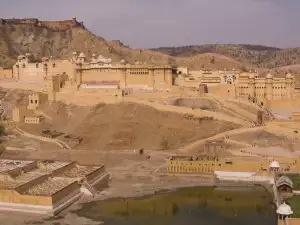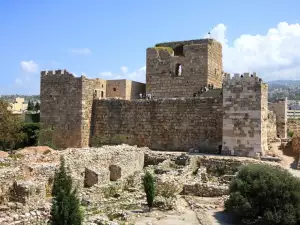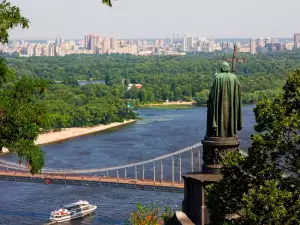Delhi
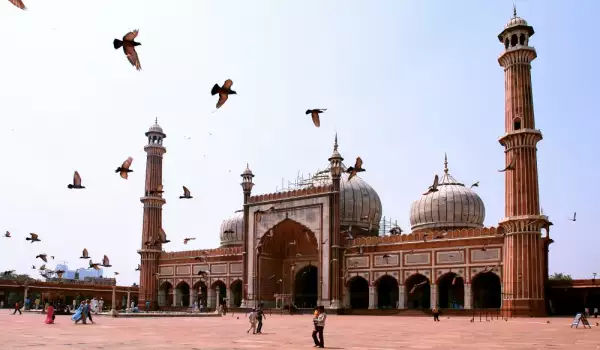
Delhi is the eighth largest metropolis in the world, with its population of more than 12.25 million inhabitants in the central part and a whole 16 million inhabitants with the suburbs. The Indian capital Delhi is the largest Metropolitan area in this part of India and second largest by number of population after Mumbai. This statistic not may seem so intriguing, but it is important to imagine the enormous cultural and social diversity in the Indian capital Delhi. This is definitely a city of polarization. Division of rich and poor is noticeable, as the prevailing poverty in the extremely poor neighborhoods and the central area of Delhi reflects the economic prosperity of the country.
In metropolitan Delhi fits New Delhi, which is the capital of India. Delhi is a cosmopolitan city with a multiethnic population and vast cultural diversity. Here live representatives of many cultures and religions. The most common religions are Hinduism and Islam, but there are a lot of followers of Sikhs, Buddhists and many other faiths. The official language is English in the city, along with the Urdu and Punjabi languages. Delhi is located in northern India, on both sides of the banks of the River Yamuna, which in turn is a right tributary of the Ganges. The entire Delhi is divided into old and new part. In the capital New Delhi are situated all political and governance institutions.
The history of Delhi had its origins decades ago. The remains of seven ancient cities at the site of today's Delhi show the violent past of the Indian city. In different historical stages Delhi was the capital of several empires in ancient India. To a large extent its importance as a location is determined by its strategic location. Delhi is located in the old trade routes to the valley of the Ganges. Today there are many ancient monuments and archaeological remains which have great national significance.
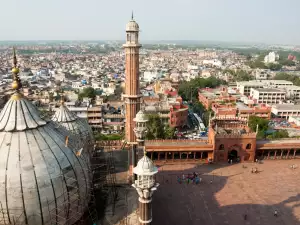
Old City or Old Delhi is part of the city, which was built by the Mongols at the time when New Delhi was the capital of the Mongol Empire. In the 18th and 19th century British had noticeable influence on India. Later, during the British rule, New Delhi began to be built and after the independence the country in 1947 became the capital of India.
Enormous wealth of historical and cultural monuments has been accommodated by the Indian capital Delhi. Central place in the town square "Conan", which is round and in the middle is built a nice park. This square in Delhi acts as a divider of the Old Town and New Delhi. From this most crowded place in Delhi clearly shows the contrast between the slums with their miserable lifestyle and the modern high buildings of Delhi.
Government buildings and the palace of the viceroy are designed to be the highest places, and the main street is the Government Boulevard "Radzhpat" which now looks like a very large park. Here, during the celebrations are held various military parades and marches. Another major avenue is "Dzhanpat" which is Boulevard of the people. Here flock the majority of visitors to New Delhi because of the many gift shops and souvenirs.
You can not miss the Red Fort in Delhi, which is a historical monument of the reign of the Mongols and the Jama Masjid - the largest mosque in the city.






